Enjoying the Taste of Flavored Teas
Enjoying the Taste of Flavored Teas
More people are drinking tea today than ever. The increased popularity of teas and tisanes of all kinds is making headlines in the United States and around the world. According to recent reports in the beverage world, flavored teas offer an excellent alternative to sugary sodas and juices.
Last year, we noted some significant tea trends. Two reasons for the increased popularity of tea are environmental concerns and purported health benefits. According to the latest beverage industry research, both traditional and flavored teas have risen in popularity at approximately 20% each year from 2017.
Flavored teas have been around for a long time, and are a great way to add variety to your drinks without adding excess sugar. The demand for flavored teas is expected to rise even more from 2020 through 2025. Restaurateurs find that their customers are more likely to order tea over other beverages, including those containing alcohol if their teas are flavored.
While many flavored teas are regional in terms of flavor preferences, some flavors, like peach and raspberry, remain the most popular overall. Of the flavors, you can find peach and raspberry tea in cups around the world. In addition to tasting great with tea, peaches and raspberries also have additional health benefits.
The Perennial Goodness of Raspberries
Raspberries are a natural taste treat that is a part of the genus Rubus species of cane fruits. They are also related to roses. The canes which produce these flavorful berries take approximately two years to mature before the berries make their appearance during the summer months. They’re a popular addition to gardens as a hedgerow.
Though raspberries are made up of over 85% water, they also have an impressive nutritional value of 6.5 grams of dietary fiber, very little fat or calories, and are packed with Vitamin C and other essential minerals like manganese.
While scientists and health researchers are still looking into many of the potential health benefits of raspberries, herbalists and folk healers believe that both the leaf and the fruit of the raspberry plant may help ease conditions such as menstrual cramps and other conditions in women.
Not only that, they also taste really good! Raspberries are among the most popular of berries. Their tart flavor pairs well with the tannins of tea to make it taste less bitter.
The Power of Prevention Inside the Peach
Like the Camellia sinensis or the tea plant, the peach tree (Prunus persica) originated in China. A close relative of the nectarine, the fragrant sweetness of peaches contains nutrients, antioxidants, and chemical constituents that can boost the immune system and help the body heal itself.
A single peach contains approximately 15% of the recommended daily requirement of Vitamin C. Peaches also contain Vitamin E, which promotes healthy, glowing skin, can help lower blood pressure, and assist indigestion. Vitamin E benefits healthy bones and teeth in ways that are believed to be superior to taking a daily supplement.
Scientists find that this fruit contains various compounds such as phenols and carotenoids. These have been shown to possess potential anti-tumor and anti-cancer properties. The same chemical constituents found in peaches could help in the fight against cancer of the breast, lung, and colon. There is also a great deal of research being done on the effect that peach may have on heart health and age-related conditions such as dementia and Alzheimer’s disease.
Sir Jason Winters Flavored Teas
Ever since Sir Jason Winters discovered the healing power of herbs and formulated our tea with red clover (Trifolium pratense), chaparral (Larrea tridentata), and sage (Salvia officials) over 30 years ago, it became his mission to spread these wonderfully tasty blends to others. We maintain that vision to this day.
In addition to our herbal teas, which contain Red Clover, Indian Sage Leaf or Chaparral, Oolong tea, and our special spice, Herbalene®, we’ve added the delicious tastes of Raspberry and Peach in our product line.
Our Raspberry Flavored Tea is available in Pre-Brewed form for quicker brewing in either a 4 ounce sized Pre-Brewed Raspberry Flavored Tea or Pre-Brewed Raspberry Tea with Stevia.
Or if you prefer the convenience of a tea bag, we also have our 30 count box of our unsweetened Raspberry Flavored Tea Bags or a 30 count box of Raspberry Flavored Tea Bags with Stevia.
Sir Jason Winters Peach Flavored Tea and Peach Flavored Tea with Stevia contains all the tastiness of Sir Jason Winters’ original formula with the added flavor of peach. This tea is also available in a convenient 30 count box, which is regularly priced at $14.50 per box is now available for just $10.95.
If you’ve been thinking about trying each of our entire line of delicious teas, why not consider getting a box of each? Right now, we are offering your choice of all four of our teas in a convenient 30 count box. You can mix and match to get a box of each or opt for your favorite Sir Jason Winters Tea, regularly priced for $58.00, is now available for just $39.50!
For even more significant savings, you may also wish to consider taking advantage of Sir Jason Winters convenient subscription service. You will have our delicious teas delivered directly to your door either every two weeks or once a month and receive an additional savings of 5%! With such savings, you will want to try our entire line of teas and see the health and delicious advantage of our teas for yourself!
Resources
“Flavored Tea Market Explosive Factors of Revenue by Key Vendors Size, Demand, Development Strategy, Future Trends.” MarketWatch. Data Bridge Market Research, 04 Feb. 2020. Web. 26 Feb. 2020.
“Focusing on Flavor: Ice Tea Trends & Insights” Restaurant Business Online, May 24, 2017.
“School of Natural Healing” by Dr. John R. Christopher, 20thAnniversary Edition, 1996, Christopher Publications, Springville, Utah
”Herbal Healing for Women” by Rosemary Gladstar, 1993, Fireside Books, New York, NY.

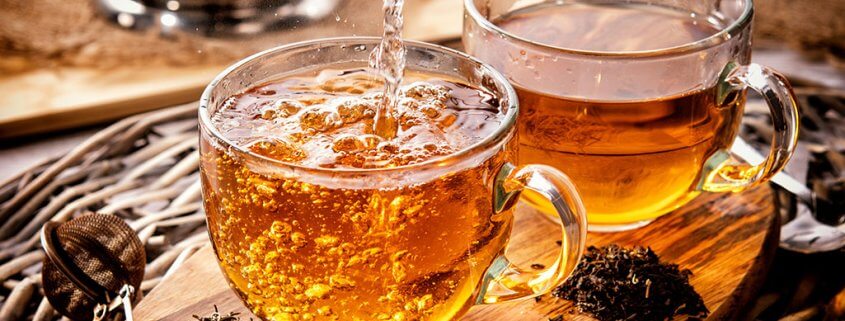

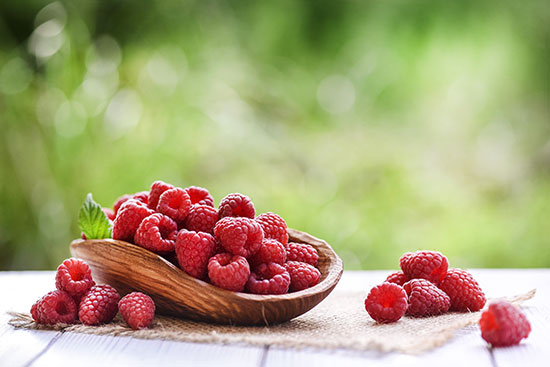
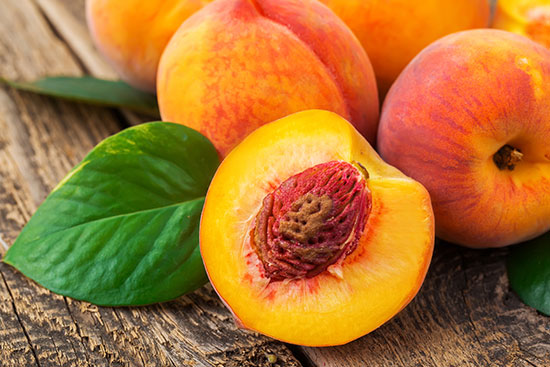

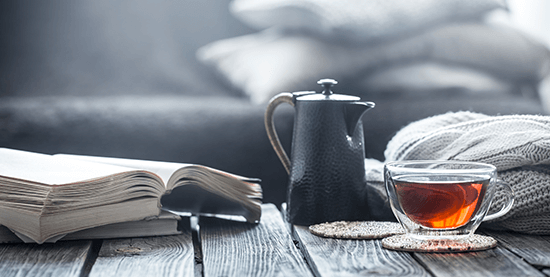

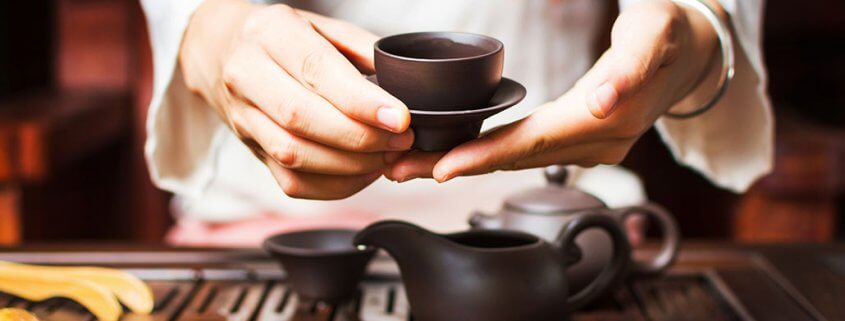
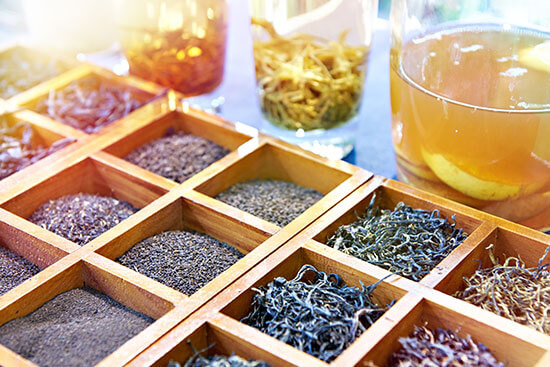
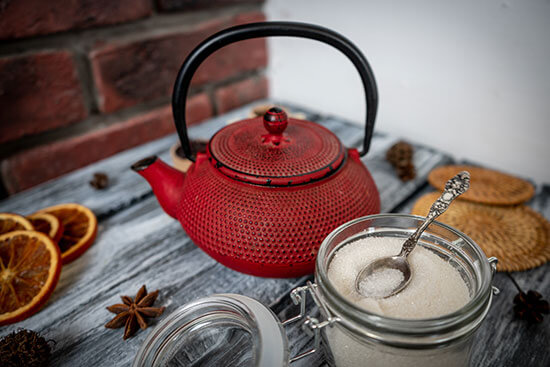




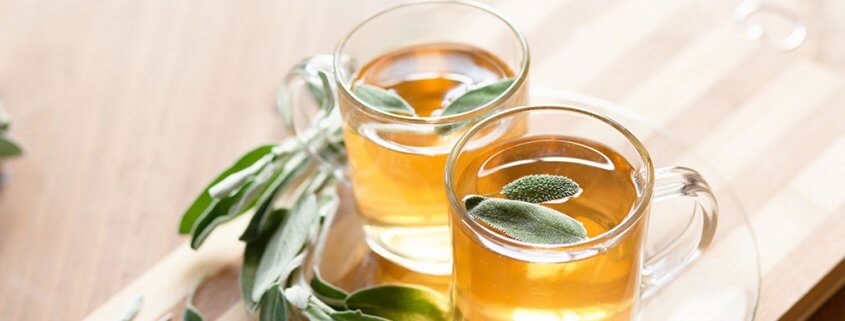


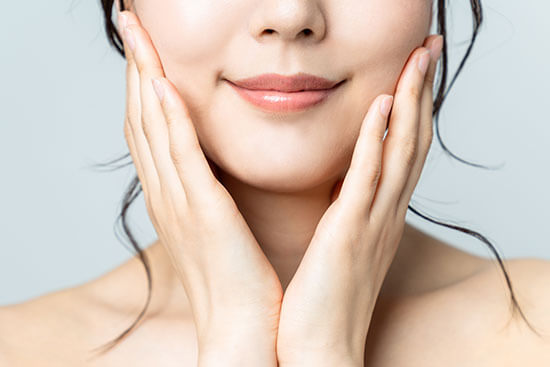
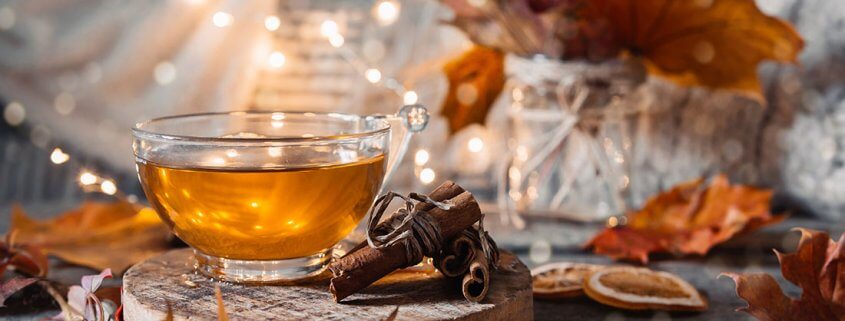







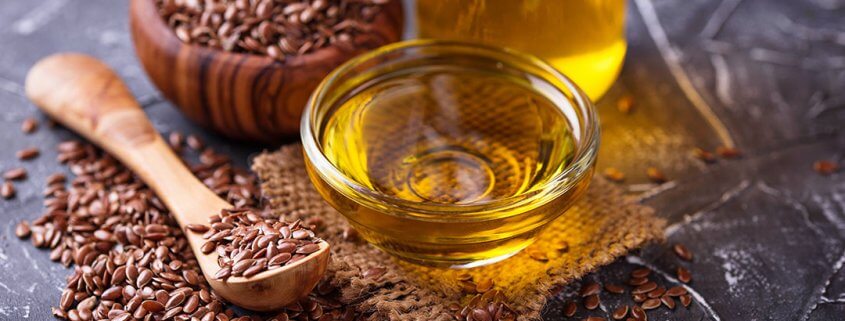


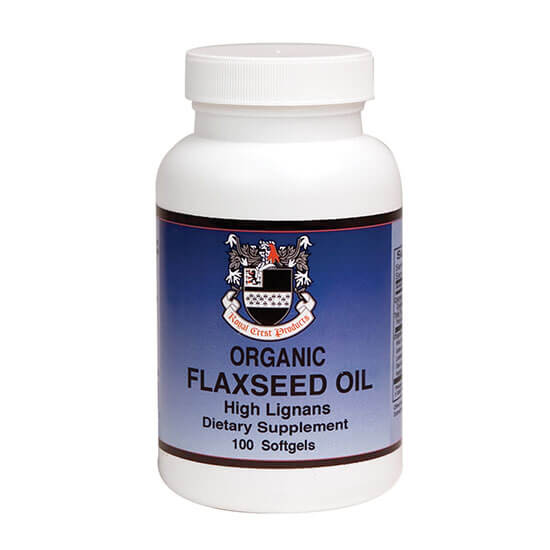

 Serving high tea for the bride to be can be both simple and sophisticated. Long held as a tradition throughout the British Empire, interest in making high tea a wedding event to remember is enjoying a resurgence today.
Serving high tea for the bride to be can be both simple and sophisticated. Long held as a tradition throughout the British Empire, interest in making high tea a wedding event to remember is enjoying a resurgence today. At the top of the list of things to serve at a bridal shower tea party is tea, of course! Make sure to have a variety of teas on hand to suit the various tastes of your guests. Some may love the richness of black or Oolong tea, while others are more inclined to
At the top of the list of things to serve at a bridal shower tea party is tea, of course! Make sure to have a variety of teas on hand to suit the various tastes of your guests. Some may love the richness of black or Oolong tea, while others are more inclined to  Many weddings throughout the world feature tea as part of the celebration on the big day. Tea can be served as part of a post-nuptial wedding breakfast or reception, or it can be an essential part of the wedding ceremony itself as it is in China, Japan, and other parts of Asia.
Many weddings throughout the world feature tea as part of the celebration on the big day. Tea can be served as part of a post-nuptial wedding breakfast or reception, or it can be an essential part of the wedding ceremony itself as it is in China, Japan, and other parts of Asia. In China, the tea ceremony is an integral part of the three prayers, which are a part of traditional Taoism. The couple is directed by the priest or officiant to pray to the powers of heaven and earth, then to the parents of the groom and then lastly to each other as part of the wedding ceremony. The tea set that is used in a wedding ceremony is traditionally a part of the bride’s dowry.
In China, the tea ceremony is an integral part of the three prayers, which are a part of traditional Taoism. The couple is directed by the priest or officiant to pray to the powers of heaven and earth, then to the parents of the groom and then lastly to each other as part of the wedding ceremony. The tea set that is used in a wedding ceremony is traditionally a part of the bride’s dowry.
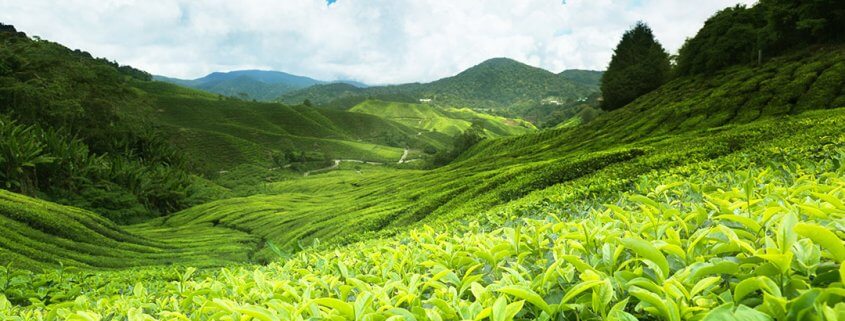

 Many of the types of beverages that are heading up the current beverage market are those which build up the body’s immunity and have antioxidant properties in them. Today’s young adults are showing a desire to lower their consumption of alcoholic beverages and those products which contain high levels of sugar. They are turning toward those who have more natural ingredients and potential health benefits like tea.
Many of the types of beverages that are heading up the current beverage market are those which build up the body’s immunity and have antioxidant properties in them. Today’s young adults are showing a desire to lower their consumption of alcoholic beverages and those products which contain high levels of sugar. They are turning toward those who have more natural ingredients and potential health benefits like tea.